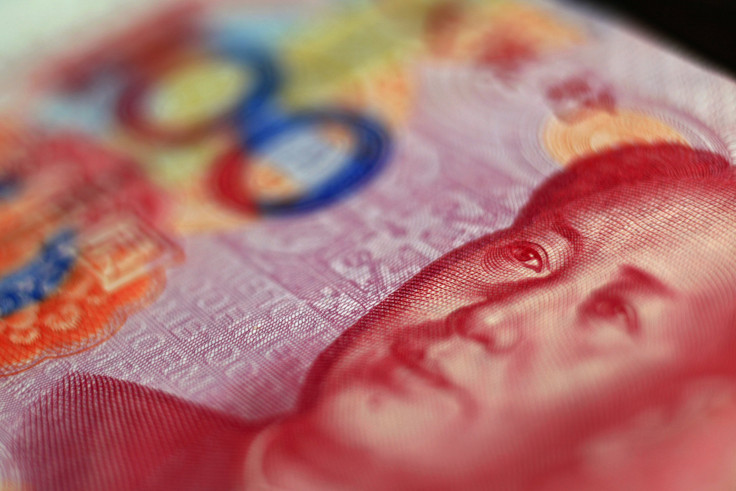China's Yuan Now World's 5th Most Used Payment Currency, Beats Australian, Canadian Dollar

The Chinese currency yuan, otherwise known as renminbi (RMB), has zoomed to become one of the world's most used payment currency, the Society for Worldwide Financial Telecommunications, or SWIFT, said in a statement on Wednesday. In November 2014, it became the 5th global most used payment currency, beating the Canadian and Australian dollar. It won’t be long before it overtakes the U.S. dollar.
From 13th place in January 2013, the yuan climbed eight spots in fewer than two years, SWIFT said. By December, its share of global payments by value hit 2.17 percent. Total yuan payments in 2014 jumped 102 percent vs. the overall annual rise of 4.4 percent for all currencies.
However, Marc Chandler from portal seekingalpha.com said while the yuan may have zoomed into the top five, China's currency still punches below its weight because “the yuan's share of global settlement remains minor.” Still, Wim Raymaekers, head of banking markets at SWIFT, in a statement said the yuan's rise is "a great testimony to the internationalisation of the RMB and confirms its transition from an 'emerging' to a 'business as usual' payment currency."
The U.S. dollar continued to dominate the top five, followed by the Euro, British pound sterling and Japanese yen as second, third and fourth most used global payment currency, respectively. Current market share of the U.S. dollar is at 44.64 percent, followed by the Euro with 28.3 percent, the sterling with 7.92 percent and the Japanese yen with 2.69 percent. But just before November, it is interesting to note that the China yuan positioned only as the seventh in the currency ranking for nearly a year.
Raymaekers attributed the yuan’s growth and recognition as one of the world’s most used payment currency to China’s zealous placements of various offshore RMB clearing centres around the world. As such, Nathan Chow, an economist at DBS Group Holdings Ltd. in Hong Kong, believed the yuan has “a very high chance of being chosen as a reserve currency” in the next IMF review, scheduled later this year.
Two times every 10 years, the IMF conducts a review of the prevailing basket of currencies to see which among them the members can depend and count toward their official reserves, Bloomberg said. At present, those considered strong and stable are the U.S. dollars, euros, yen and British pounds.
Out of mainland China, the country has appointed 15 clearing banks worldwide to promote the popularity of its currency, according to the South China Morning Post. These are in Malaysia, Bangkok, Sydney, Singapore, Seoul, London, Paris, Hong Kong, Macau, Taipei, Frankfurt, Switzerland, Luxembourg, Toronto and Dubai.





















